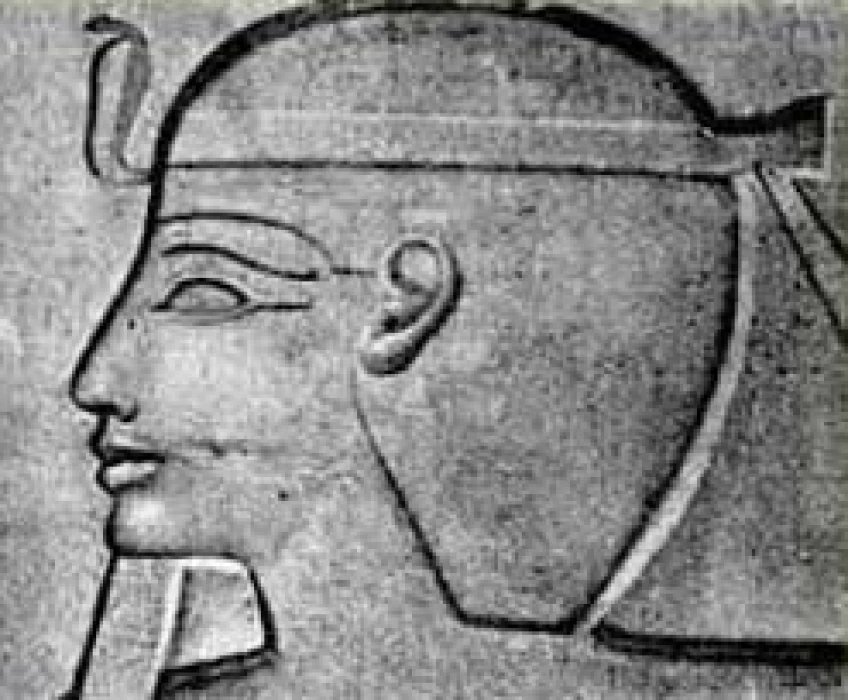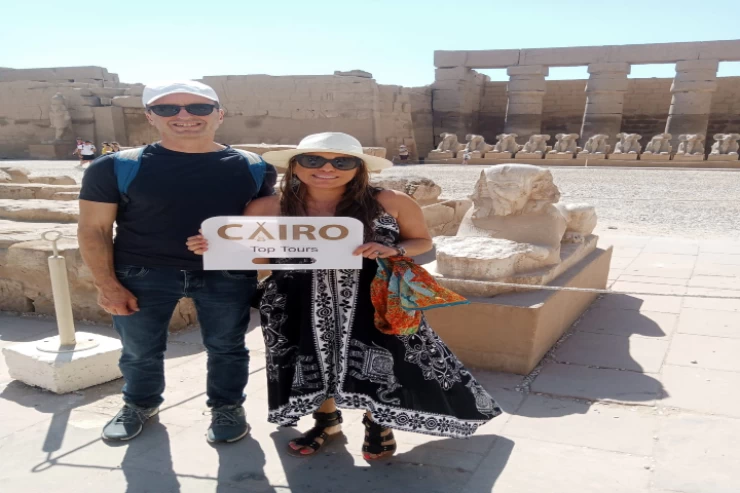
The Twenty-Second Dynasty in Ancient Egypt
Facts About The Twenty-Second Dynasty
Sheshonq I, who was most likely descended from the Meshwesh, long-established Libyan mercenaries, established the 22nd dynasty (945-730 BCE). In a subsequent expedition in Palestine (about 930), he backed Jeroboam in his opposition against King Solomon's son, Rehoboam, and paid tribute to the king of Judah.
He established a decentralized government in which important centers were ruled by the sons of monarchs headquartered in the north. Following rivalries and periodic civil conflicts, Egypt was split into eleven independent nations by the eighth century BCE, with its citizens depending on crowded, walled towns for protection. Their worship of regional deities rather than national ones was a reflection of their growing uneasiness.
Between around 943 BC and 720 BC, the Twenty-second Dynasty of Egypt was composed of a succession of Meshwesh Libyan kings. For about 2,500 years they have not had any reign over Egypt. Although Tanis is where the kings most likely had their base, as evidenced by the discovered tombs there, Manetho claims that the dynasty originated in Bubastis. The governing class from the twenty-first dynasty prior had already made Tanis their capital.
Third Intermediate Period includes the Twenty-second Dynasty.
There is much disagreement over whether the so-called Twenty-third Dynasty was a branch of this dynasty that was possibly centered in Upper Egypt. Every one of its rulers ruled over Middle and Upper Egypt, encompassing the Oases of the Western Desert.















